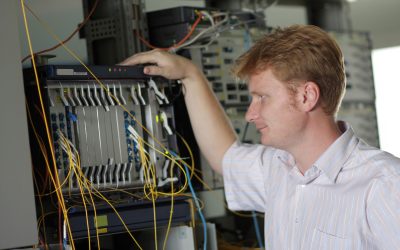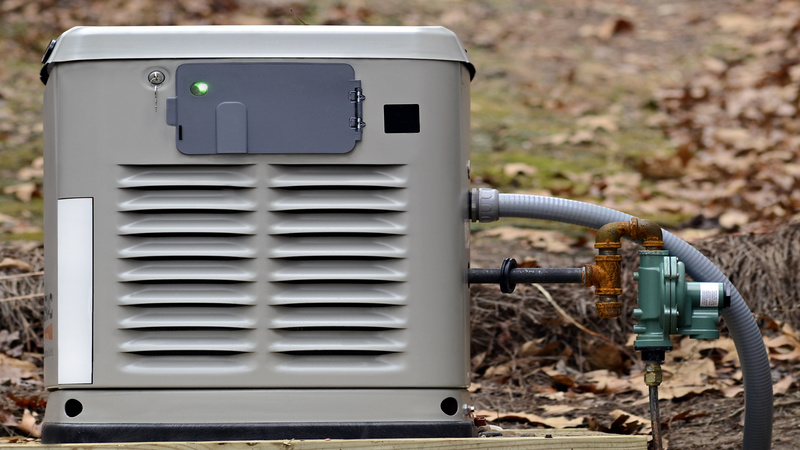While inductors may have been around for decades, ongoing research into the shape, materials and even the windings used on all types of inductors is ongoing. This is driven by the need for smaller and smaller components for today’s electronics and computers systems, as well as for increased demands in the telecommunications, aerospace and even in the military and defense industry.
New prototypes of all types of electronic and “smart” devices are providing the incentive to investigate new types of windings for any size of toroidal inductor. Already seen as the best option because of their small weight as well as physical size, new concepts in winding are enhancing even this advantage.
The Basics
The design of any toroidal inductor is that of a donut or a torus. While there are variations, the basic design of these inductors uses a powdered iron, ferrite or even non-magnetic core materials around which is wrapped a wire. The number of windings or wraps around the core impacts the use of the inductor and is limited to the interior diameter of the core.
The winding also should extend a full 360 degrees. This is particularly of importance if EMI or electromagnetic interference is a concern within the device. With the full 360 degrees winding there is a high level of symmetry through the inductor and a better ability to provide magnetic field cancellation outside of the coil.
One new option in winding that allows more winding on a smaller sized core is to use rectangular wire rather than round wire. The rectangular wire can be stacked next to each other and provide equal or superior inductance compared to a similar size of solenoid.
The Winding
With many different types and sizes of toroidal inductor options, a single layer of winding is all that is required. The number of windings on the core as well as the size of the core will be a factor of the requirements for the inductor.
Most of the inductors produced will not be shielded, or the wire is not insulated around the central core. It is possible to insulate the winding through a separate process known as taping.
With any inductors requiring more than one winding, taping is typically done between the layers of winding. This will add cost to the production of the component, but it may be required for a specific application.



